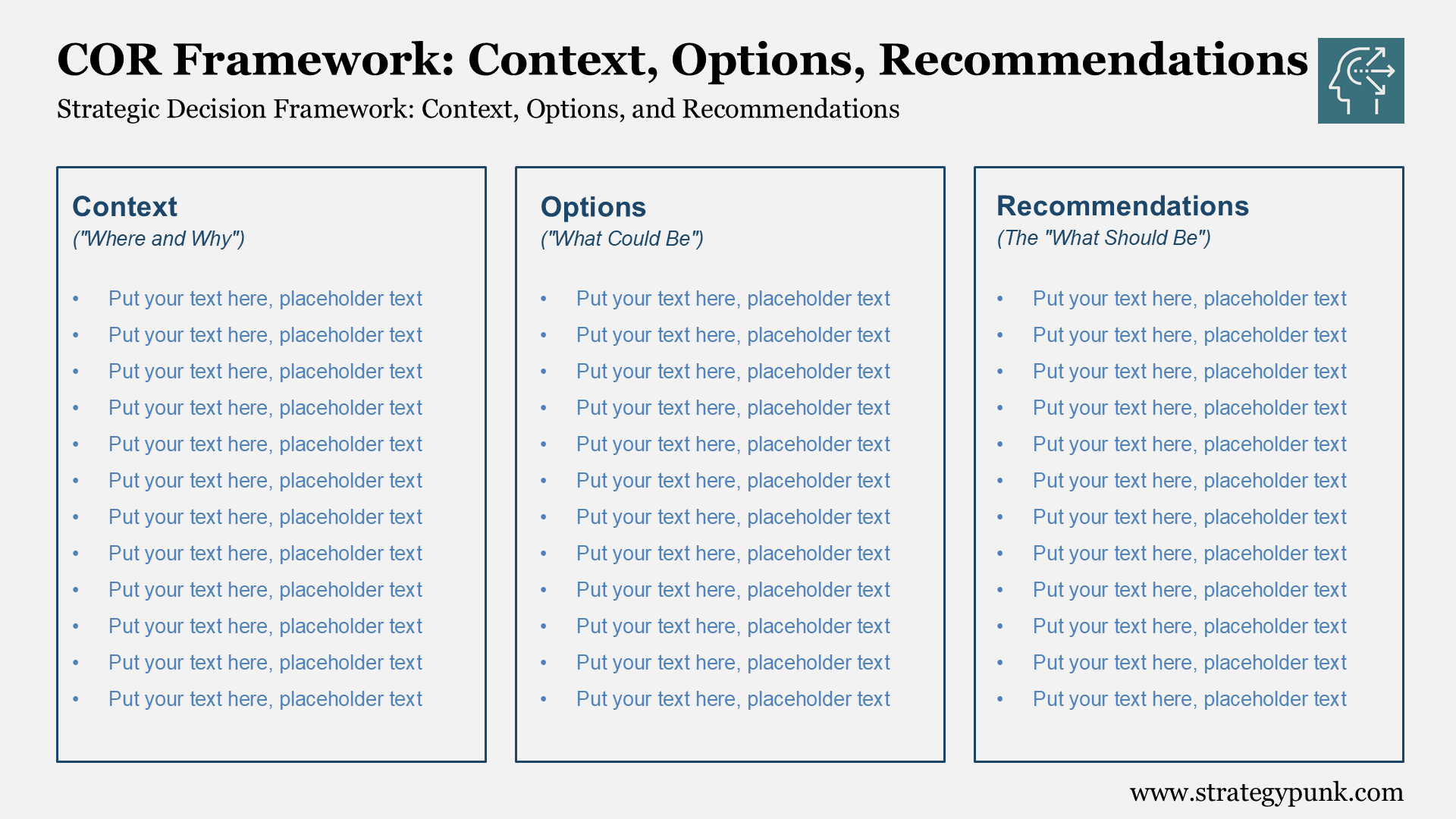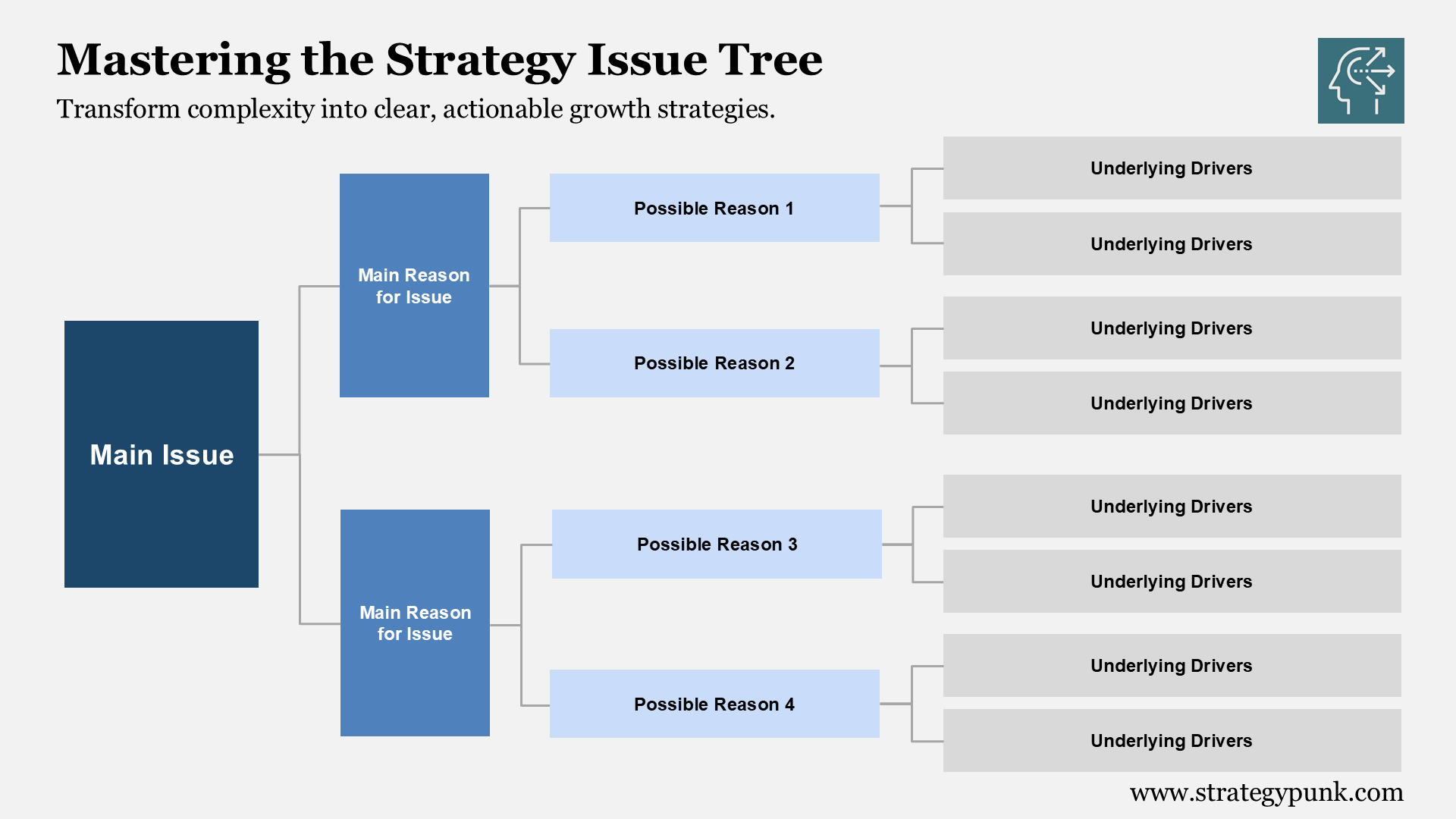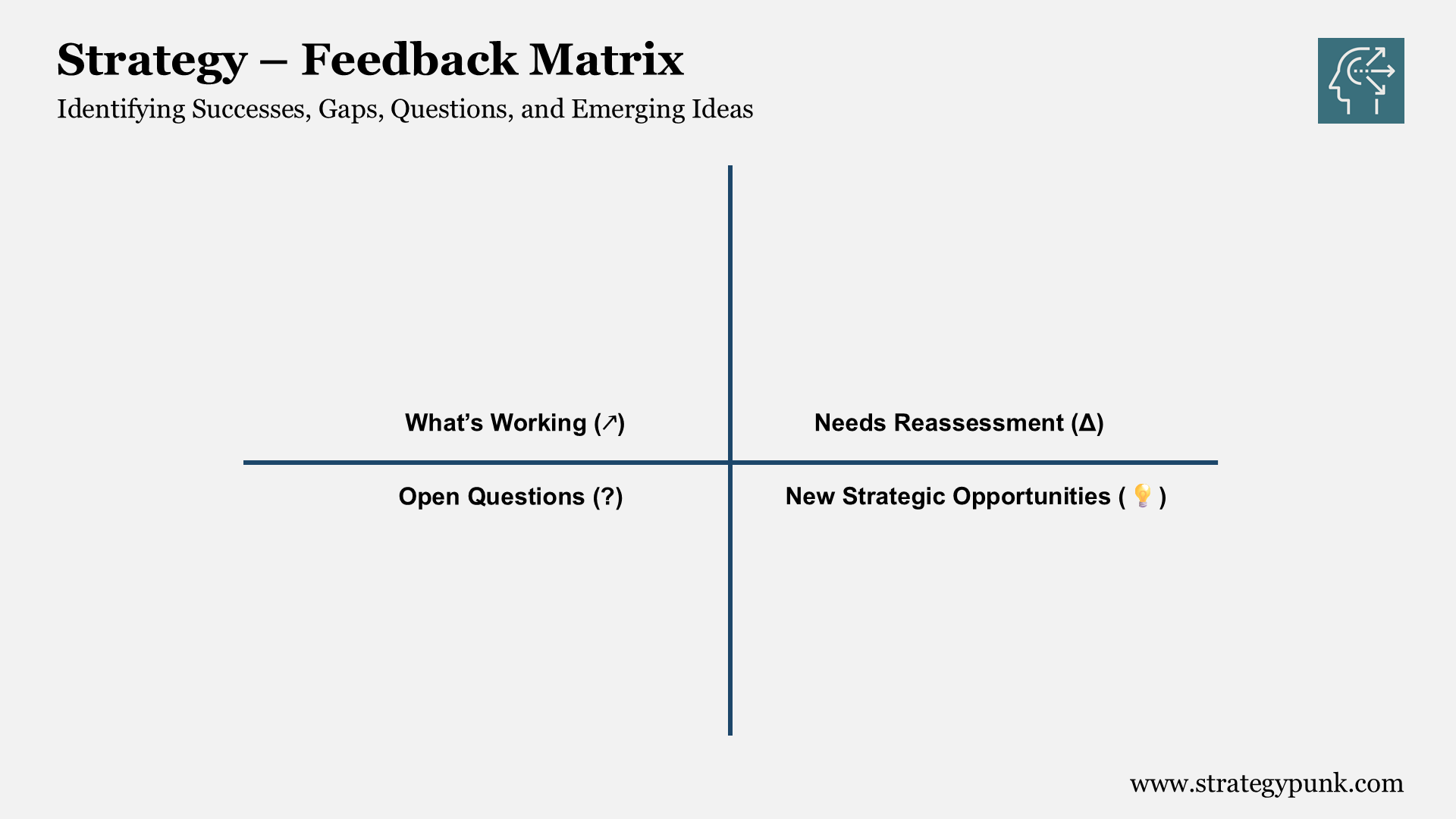The GROW Coaching Model: What It Is and How To Use It (Plus FREE PPT)
The GROW Coaching Model: What It Is and How To Use It (Plus FREE PowerPoint template)

The GROW Model, developed by business coaches Graham Alexander, Alan Fine, and Sir John Whitmore, is a well-known coaching model that supports individuals in achieving their best.
Introduction
Coaching is a means of supporting others in their professional and personal growth. It can help them navigate challenges, identify areas for improvement, and achieve their goals.
The GROW coaching model can be an effective tool for coaches working with clients in any coaching relationship. The structure is designed to guide you through asking questions that will lead to greater insight on the part of your client and stronger relationships with them.
Ultimately, it helps coaches meet their clients where they are and support their growth rather than assuming they know best or expecting them to follow along based on past experiences.
The acronym stands for Goals, Reality, Options, and Will.
Let’s examine what each of these letters stands for and how you can use them as a tool when working with individuals in a one-on-one or team environment.
The GROW coaching model PowerPoint template helps you structure your coaching sessions.
Coaching vs Mentoring

There are many different types of coaching and mentoring relationships.
Coaching is a one-on-one relationship in which the coach provides guidance and advice to the client.
Mentoring is a formal relationship between two individuals who are unrelated but wish to help each other succeed in their respective fields. The mentee, the person being mentored, seeks advice and guidance, and the mentor, the person providing that guidance, is someone with experience or knowledge who can help them achieve their goals.
There are some essential differences between coaching and mentoring. While both are mentorship relationships, coaching focuses on specific tasks or goals. This can encompass anything from career growth to personal development, whereas mentoring focuses on any area where someone requires assistance. Coaching also has an explicit plan, which means there’s a clear outcome in mind when you start the process, while mentoring doesn’t always have to have one goal in mind. This can make it easier for mentors to give more general advice without getting too specific about what they want their mentee to do next.
Developing Good Leaders: The Key to Company Success
A good people development strategy enables leaders to identify and develop their team members' strengths. It helps them understand their talents and motivations so that they can be assigned roles that match those strengths and motivations.
When people feel that their strengths are not being leveraged or their development needs are not being met, they are more likely to leave. A good people development strategy enables you to identify potential leaders early, allowing you to develop them more quickly and effectively to meet organizational needs.
What is the GROW coaching model for coaching?
The GROW coaching model, developed by Sir John Whitmore, is a simple yet powerful template for structuring coaching sessions. As a leader, one of your most important roles is to coach your people to do their best.
Who developed the GROW coaching model?
In the late 1980s, Sir John Whitmore and colleagues created the GROW Model to assist individuals in unlocking potential and seeking out new opportunities in talks, meetings, and everyday leadership. It has become the most famous problem-solving, goal-planning, and performance-enhancement coaching paradigm.
What does the acronym GROW mean?
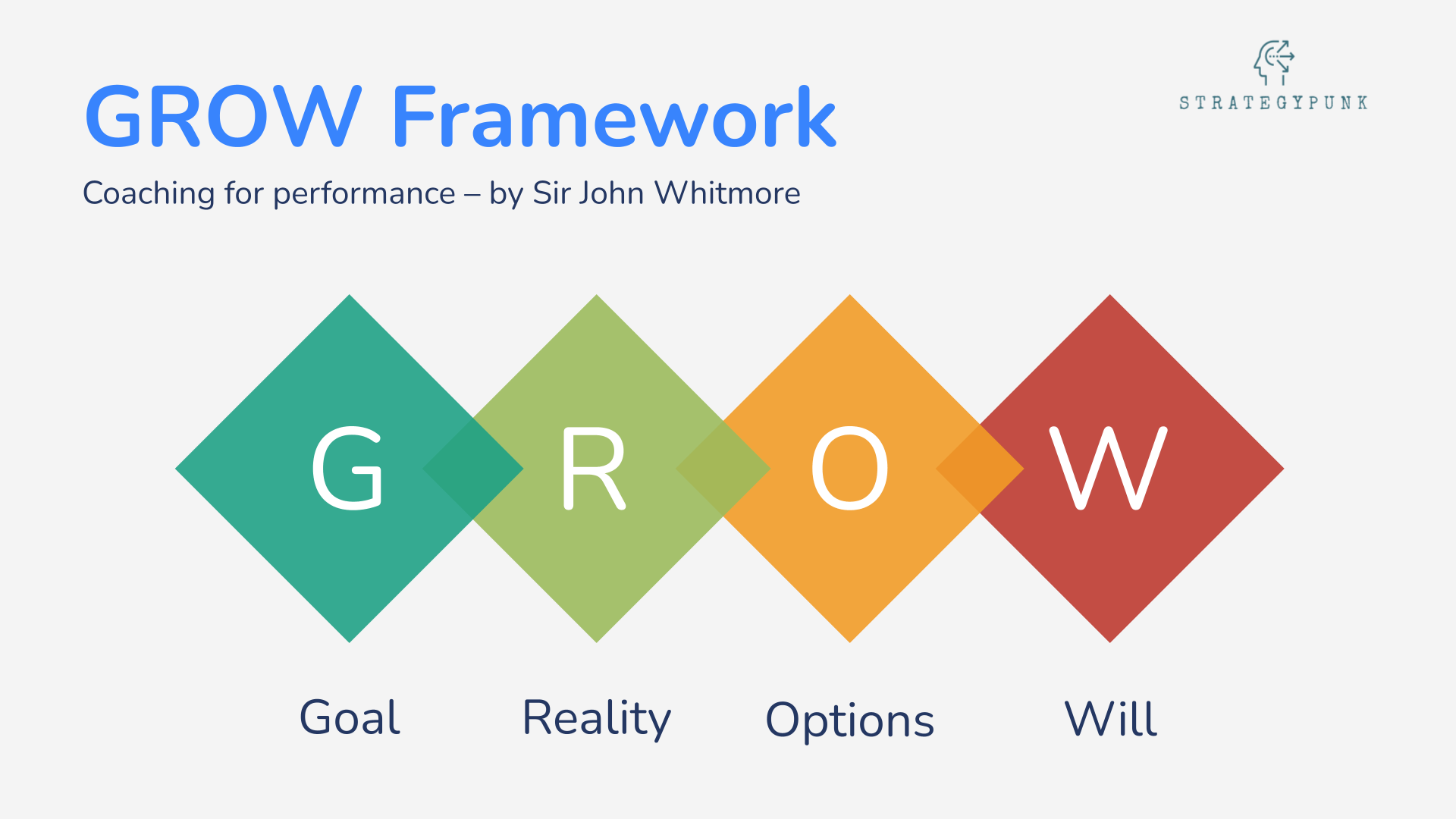
American psychologist John Whitmore first developed the acronym GROW. It is designed to help coaches and facilitators guide their clients through the coaching process.
It is a great model for both one-on-one and team coaching relationships. Each letter in this acronym represents a different element of coaching that you should consider when guiding your client through the process.
The acronym GROW stands for:
- Goal
- Reality
- Opportunity / Obstacles*
- Will / What next / Way forward
Goals refer to the desired outcome or the reason for the coaching engagement. Reality refers to the client's present situation. Options are the possible courses of action available to the client. Will refers to the client’s motivation to act and implement the desired changes.
What are the elements of effective GROW coaching?
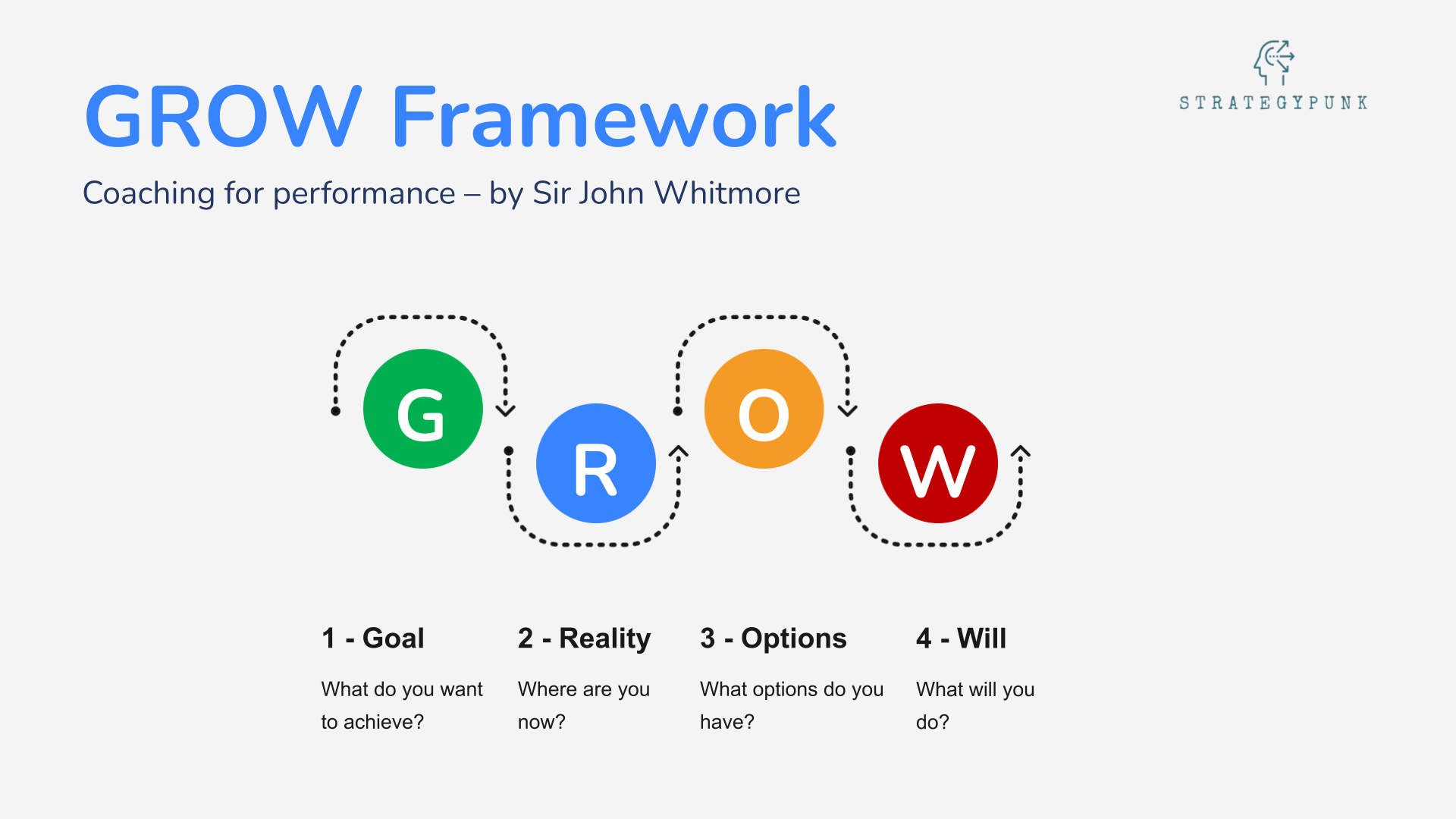
Goals
The first step in the GROW coaching model is to identify the client’s goals. You can ask questions like
- What are you hoping to achieve (or with our team)? or
- What is your ultimate vision for your future?
Note that the goal you’re working toward is not “improving your relationship with your manager” or “being more effective in your role.” Instead, it’s like “reducing the amount of time it takes you to close deals” or “increasing your confidence speaking in front of groups.”
Reality
Next, you’ll want to explore the current reality — the facts of the situation as it currently exists.
- What does their work environment look like?
- What are the relationships like with their manager and peers?
- What are their skill and knowledge levels?
You can use coaching questions like “Tell me about your work environment,” “Describe your typical day,” or “What are some of the challenges you face in your role?” to help you assess your current situation and reality.
Options / Obstacles
The next step is to ask about the options. In other words
- What choices do they have?
- What path could they take?
- What are their possible responses to the current situation?
You can ask questions like “What are your options for addressing this challenge/problem?” or “What other ways are there to reach your goal?” Asking about their possible responses helps you identify the range of action they’re considering. It’s also a way to learn about their thought process and approach to problem-solving, so you can better support them.
Will
Finally, you’ll want to explore your client’s will.
- What are their reasons for taking action?
- What are their motivations for making changes?
To explore the client’s will, ask the following questions: “Why do you want to reach this goal?” or “What are your reasons for making these changes?”
These questions are designed to help you better understand the client’s mindset. You can also ask, “What are your reservations about making these changes?” or “What are some of your fears?” These questions can help you identify any potential barriers.
The GROW Model Explained for Coaches
The GROW model is a framework coaches use to help clients set and achieve goals. It stands for Goal, Reality, Options, and Will.
- Goal: The first step is to help the client identify and clarify their goal. This includes setting a specific, measurable, achievable, relevant, and time-bound (SMART) goal.
- Reality: The second step is to help the client understand their current reality. This includes identifying any obstacles or challenges preventing them from achieving their goal.
- Options: The third step is to generate a list of options or potential solutions to address the challenges or obstacles identified in step 2.
- Will: The final step is to help the client develop the motivation and commitment to take action and implement the chosen solution. This includes identifying any resources or support needed to achieve the goal.
The GROW model is a simple and practical framework coaches can use to help clients set and achieve their goals. It provides a structured approach that can be adapted to suit the client's needs and the specific purpose they are working towards.
Wrapping up
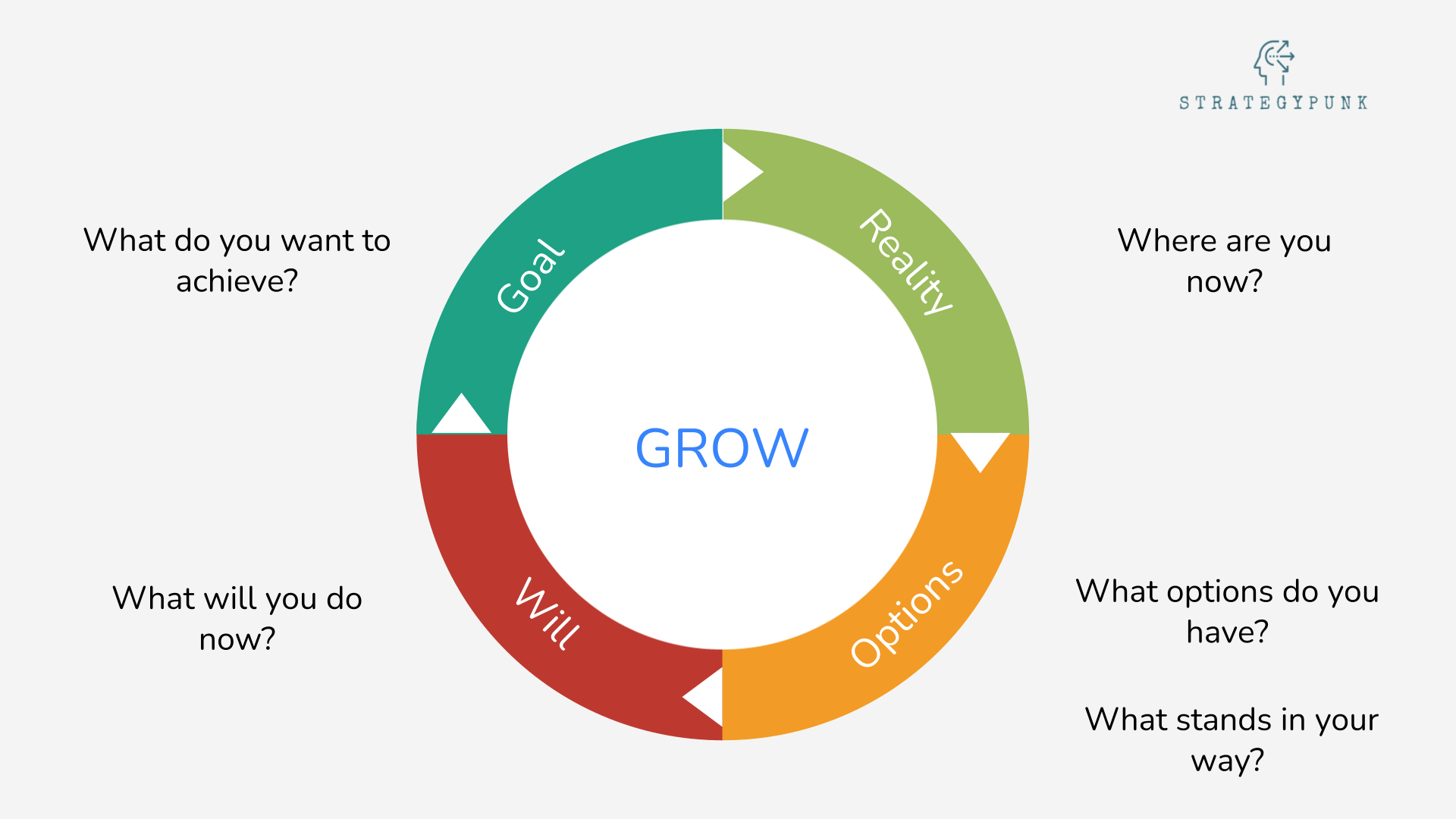
The GROW model is designed to enable you to follow this process in any given coaching session.
By asking the right questions at the right time, you can help individuals or teams navigate challenges, identify areas for improvement, and achieve their goals more effectively. Using the GROW coaching model, you can help determine their goals, explore their current reality, consider their options for addressing challenges, and understand their motivations for making changes.
Our GROW coaching model template is effective for coaches in any coaching relationship.
FAQ
What is the GROW Coaching Model?
The GROW Coaching Model is a simple, practical coaching framework that helps individuals reach their goals. It stands for Goal, Reality, Options, and Way Forward, providing a structured approach to coaching conversations.
Who can use the GROW Model?
The GROW Coaching Model can be used by coaches, mentors, team members, and anyone interested in personal development and effective coaching. It is a versatile framework that can be applied in various coaching and mentoring contexts.
How does the GROW Model work?
The GROW Coaching Model guides the coaching conversation through four key stages: Goal, Reality, Options, and Way Forward. The coach asks powerful questions to help the coachee explore their current reality, clarify their goals, generate options, and create an action plan.
What are the benefits of using the GROW Model?
Using the GROW Coaching Model brings several benefits. It helps the coachee clarify their goals, improve self-awareness, brainstorm creative solutions, develop new skills, and create actionable steps towards their desired outcomes.
Who developed the GROW Coaching Model?
Sir John Whitmore, a renowned figure in coaching and mentoring, developed the GROW Model. He introduced it in his book, "Coaching for Performance," and it has since gained popularity worldwide.
Can the GROW Model be used in a group setting?
Yes, the GROW Model can be effectively used in a group coaching setting. The same four-step process—goal, Reality, Options, and Way Forward—can be applied to facilitate group discussions, encourage collaboration, and guide individuals toward their desired outcomes.
What coaching tools can be used with the GROW Coaching Model?
The GROW Coaching Model can be complemented with various coaching tools and techniques. Examples include asking powerful questions, using visualization exercises, conducting brainstorming sessions, and creating action plans.
GROW Coaching Model Template
Free and fully editable PowerPoint, PDF and Google Slides template
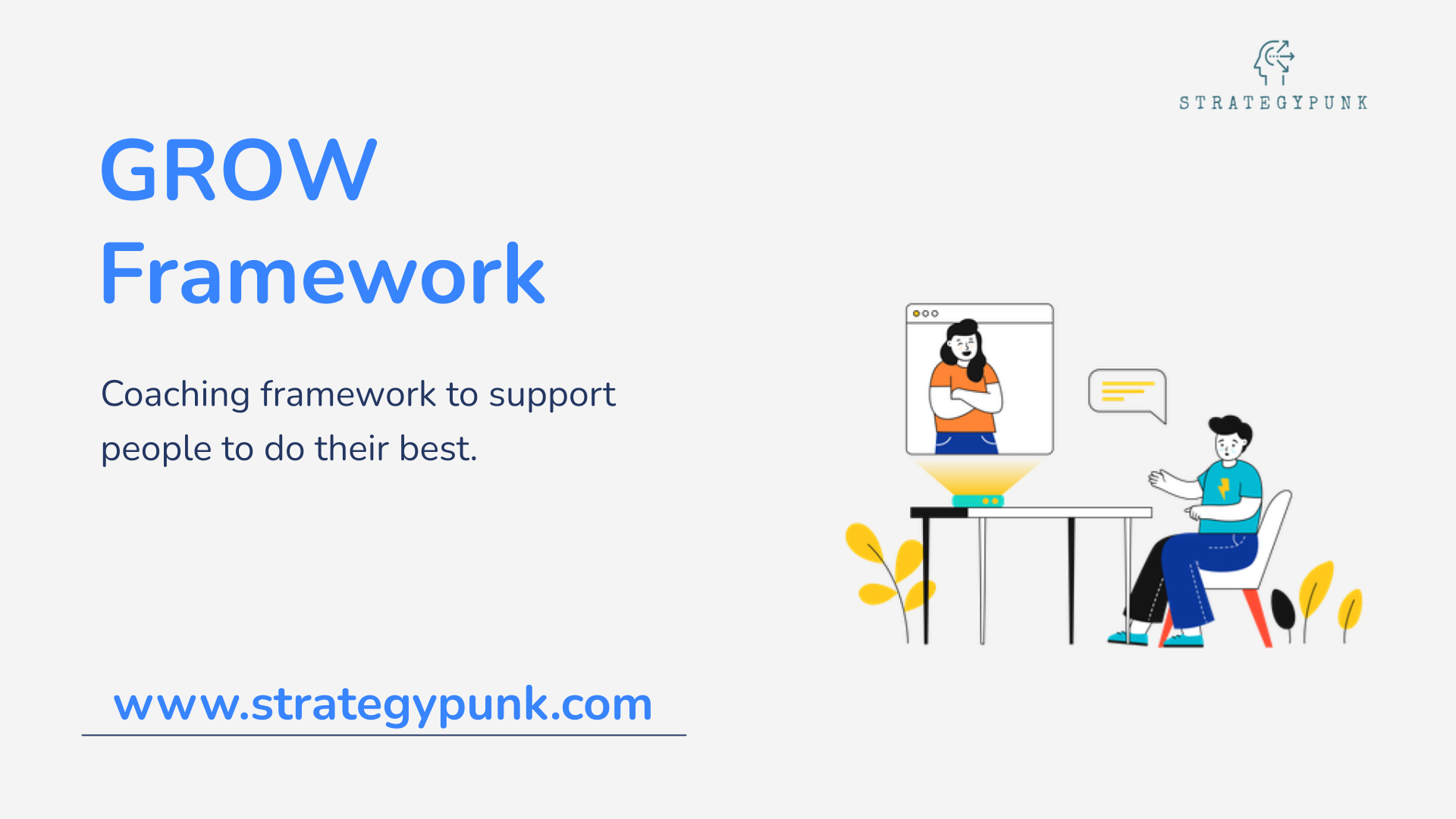

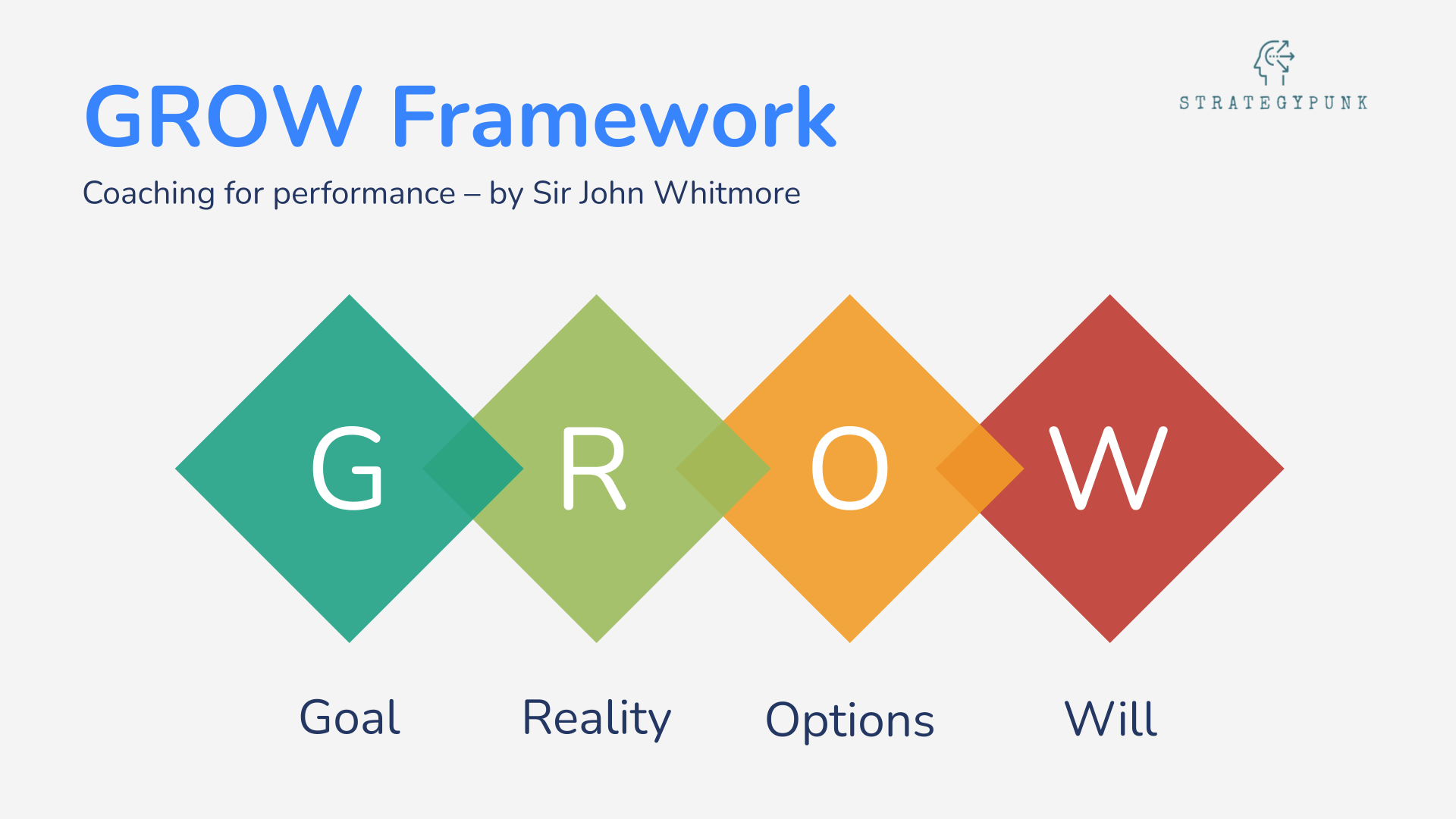



GROW Mode by business coaches Graham Alexander, Alan Fine, and Sir John Whitmore. Free template.
🚀 Unlock exclusive access to the FREE PDF and PowerPoint template by logging in now!


